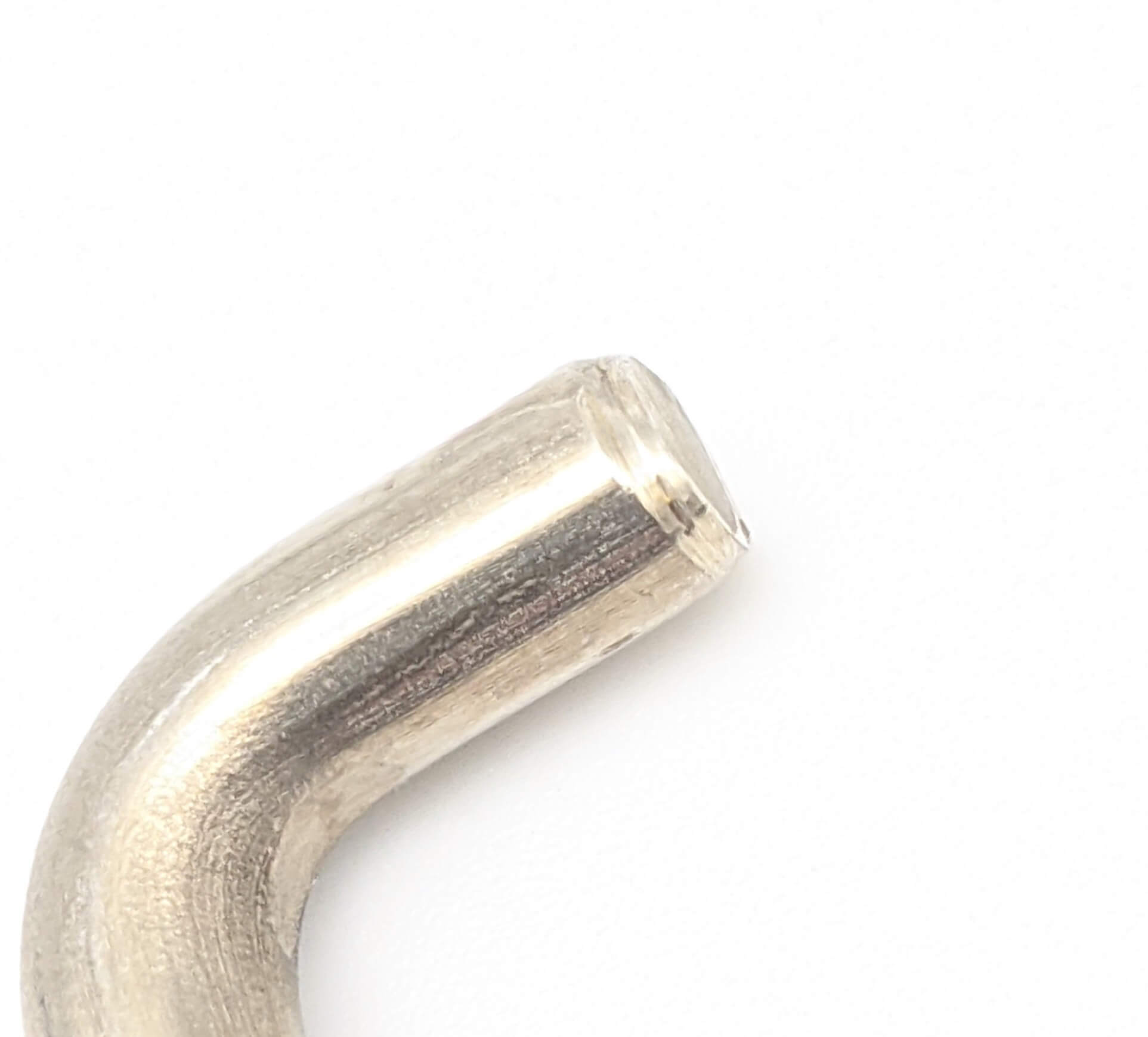Get unique, complex parts easily. No matter your requirements, Chaoyi Spring creates hard-to-produce coil springs and wire forms.
Let us help you create the custom wire form you need, from S-hooks and J-hooks to utility hooks and more.
We work closely with customers across a wide range of industries, helping them design and manufacture made-to-order parts.
Why choose Chaoyi Spring? We prioritize customer-focused collaboration, modern equipment and the latest technology to make your parts per print.
Find the information and guidance you need, from measuring a spring to learning about materials, placing an order and much more.
Garage doors are often taken for granted until they malfunction. One crucial component that ensures smooth operation is the garage tension spring. These seemingly simple springs are the unsung heroes


Garage doors are often taken for granted until they malfunction. One crucial component that ensures smooth operation is the garage tension spring. These seemingly simple springs are the unsung heroes behind the effortless up and down movement of your garage door. Understanding garage tension springs, their types, and how to maintain them is essential for keeping your garage door functioning properly and preventing accidents. This article will delve into the world of garage tension springs, uncovering their secrets and offering practical tips for home owners.

Imagine lifting your heavy garage door manually without the assistance of tension springs. It would be a daunting and potentially dangerous task. Garage tension springs are designed to counterbalance the weight of the door, making it effortless to open and close. These springs are typically made of high-quality steel, capable of enduring the constant stress of repeated cycles. They are located on either side of the door, usually above the track, and work in tandem to provide the necessary counterbalance.
Garage tension springs come in two main types: torsion springs and extension springs. Each type has its own unique characteristics and advantages.
Torsion springs are the more popular choice for modern garage doors due to their durability and smooth operation. They are coiled around a metal shaft, typically located above the door, and are connected to the door via cables. When you open or close the door, the torsion spring rotates and stores or releases energy, providing the counterbalance.
Torsion springs are known for their precision and longevity. They can handle heavier doors and provide consistent performance over time. However, installing and adjusting torsion springs requires specialized skills and tools. It's crucial to seek professional help for any torsion spring replacement or repair to ensure safety and proper functionality.
Extension springs are the traditional type, commonly found in older garage doors. They are usually attached to brackets on either side of the door and connected to the door via cables. These springs extend and contract as the door is opened and closed, providing the necessary counterbalance.
Extension springs are more straightforward to install and replace than torsion springs, but they are also less durable and prone to breaking, particularly in extreme weather conditions. Extension springs also have a shorter lifespan compared to torsion springs.
Neglecting the maintenance of your garage tension springs can lead to serious consequences. Broken springs can result in a sudden, uncontrolled descent of the garage door, potentially causing damage to property or injury. Regular maintenance, including lubrication and inspection, is essential for ensuring the safety and smooth operation of your garage door.
If you suspect any issues with your garage tension springs, it's crucial to call a professional garage door technician for inspection and repair. They have the expertise and specialized tools to diagnose and address any problems safely and efficiently.
Pay attention to the following signs that might indicate a problem with your garage tension springs:
If you observe any of these signs, don't hesitate to contact a professional garage door technician. It's better to address the issue early to prevent potential hazards and costly repairs.
Garage tension springs are under immense pressure and can be extremely dangerous if handled improperly. Never attempt to adjust, repair, or replace garage tension springs yourself, as this can result in serious injury. Always seek the services of a trained and certified garage door technician who has the expertise and equipment to handle these springs safely.
While garage tension springs might seem like a small detail, they play a critical role in the smooth and safe operation of your garage door. Investing in high-quality springs ensures that your garage door functions efficiently and reliably for years to come. It also helps you avoid costly repairs and potential accidents.
Remember, your garage door is more than just a barrier to your home – it's a vital part of your daily routine. By understanding and maintaining your garage tension springs, you can ensure the longevity and safety of this crucial element of your home.
Garage tension springs, though often overlooked, are essential components of your garage door system. They are responsible for counterbalancing the weight of the door, making it effortless to open and close. Understanding the different types of springs, their importance, and how to maintain them is crucial for ensuring a safe and functional garage door. Remember, safety is paramount when dealing with garage tension springs, so always rely on trained professionals for installation, maintenance, and repair. Investing in high-quality springs and proper maintenance ensures a smooth-operating, long-lasting garage door, protecting your property and providing peace of mind.
Browse some of the custom wire forms and springs that we manufacture. Don’t see what you need? We specialize in made-to-order products that meet your application requirements.
Visit Our GalleryNeed a custom wire form or coil spring? We make it work. Fill out the contact form and a representative will respond within 1 business day. If you have a PDF or CAD file, you can submit to request a quote.